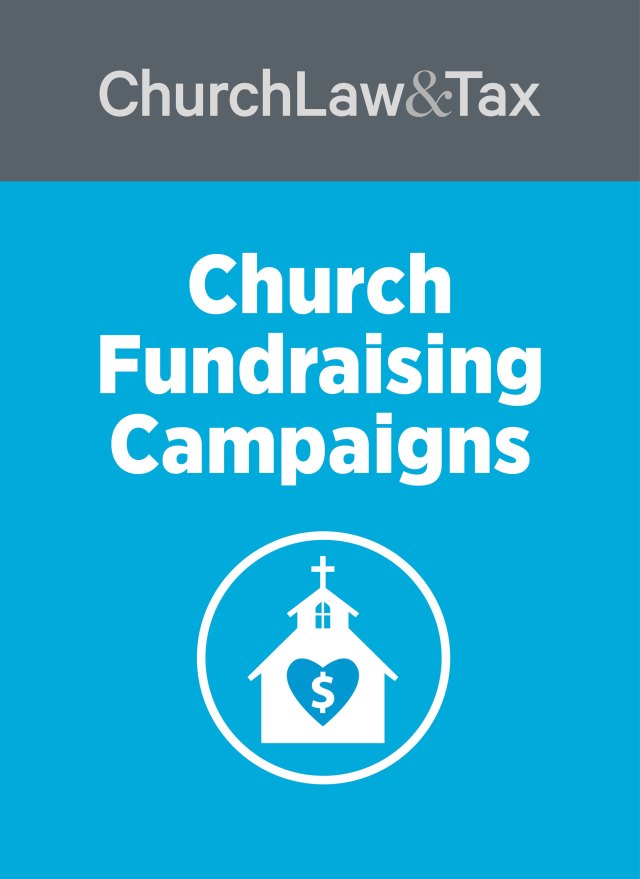Understanding Inward Comparisons
Inward comparisons involve reviewing your church’s current financial data alongside past performance—either year-over-year or budget-to-actual. These comparisons can reveal trends that help identify changes within your congregation.
Tracking historical giving patterns is especially helpful. It allows churches to respond strategically instead of reactively when fluctuations occur.
The Value of Monthly Giving Reports
A monthly giving report offers a snapshot of typical fluctuations in church giving throughout the year.
For example, if the finance committee at St. Chaos—a fictional church modeled after many real ones—had tracked this data, the committee might have postponed a roof project until the second quarter, when giving is historically stronger.
Key benefits of understanding monthly giving trends include:
Informed budgeting decisions;
Better planning for large expenses;
Smoother cash flow management.
Monthly giving reports also provide a more realistic cash forecast, which is critical information for preparing the annual budget. Having this information in a graph format may be useful as well.
Year-over-year comparisons
A year-over-year comparison may also be helpful. If your church is growing and has a consistent pattern of increased giving, that is helpful to know. If there is continual decline in giving, wishful budgeting will not create funds. You need to have a realistic view of actual giving. It may also highlight anomalies.
For example, one year-over-year comparison might reveal a seven-percent jump in annual giving one year, a decline in the next year caused by the pastor’s retirement, then another jump of seven percent. As a result, there are significant differentials in giving over that three-year period.
Trend analysis can also be performed by line item. You may find it useful to prepare a statement of activities with multiple years displayed side-by-side. Looking at individual contributions and expense lines in this way can be beneficial for budgeting purposes. It will allow you to see the funds that are received and spent over a period of time, ensuring that the spending patterns of the church align with its mission and vision.
Looking inward
Certain inward comparisons may be required by organizations outside of the church as well. Capital campaign consultants, for example, would be interested in attendance and giving data. Lenders may also have reporting requirements related to debt covenants, or they may request some of these types of information before extending credit to your church.
For more help on church finances, check out Increase Giving at Church.
We’ve used a combination of AI and human review to make this content easier to read and understand.





